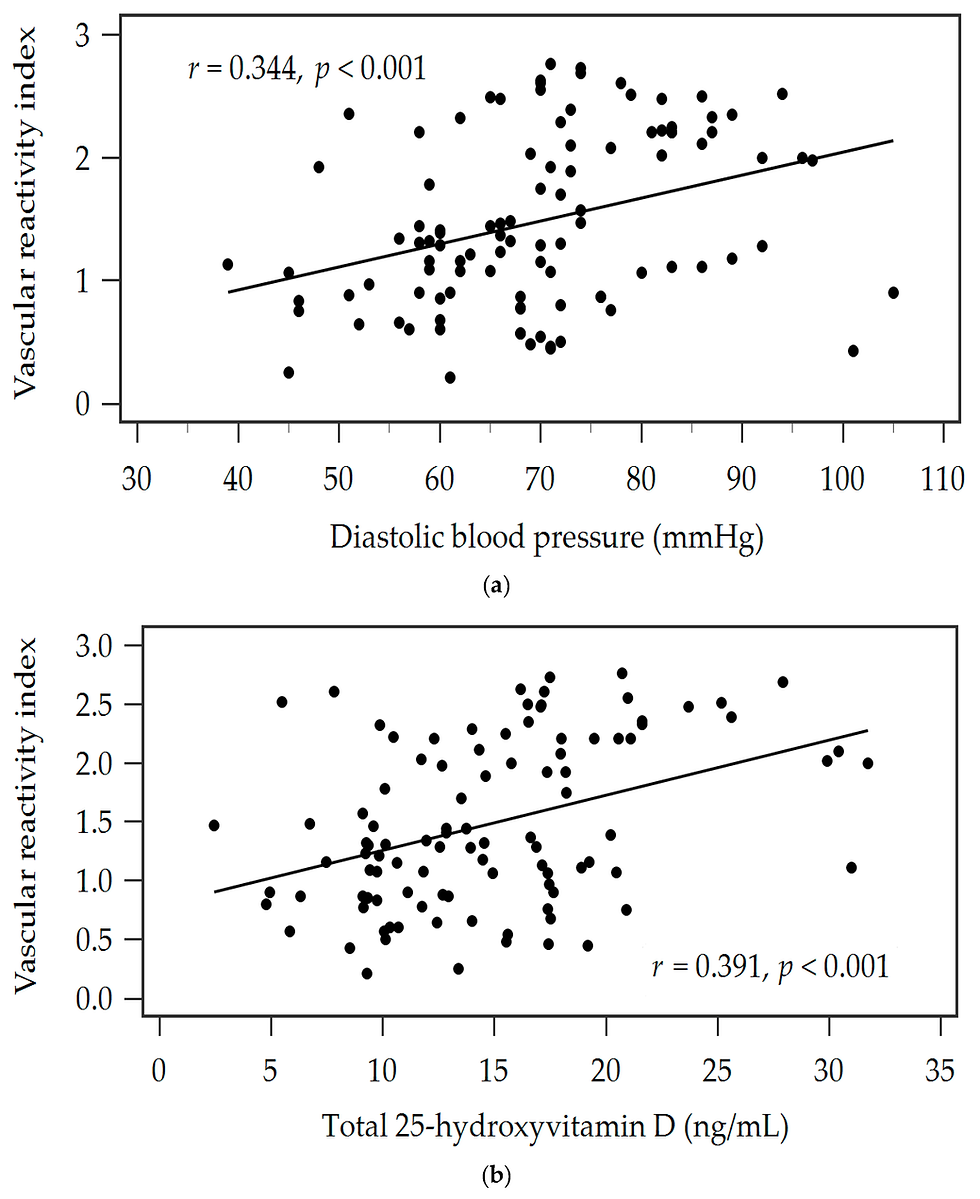Higher prevalence of coronary microvascular dysfunction in asymptomatic individuals with high levels of lipoprotein(a) with and without heterozygous familial hypercholesterolaemia
- heartlung
- Feb 19, 2024
- 2 min read
Atherosclerosis.2023 Dec 30:389:117439.
Abstract
Background and aims: Microvascular dysfunction underlies many cardiovascular disease conditions; little is known regarding its presence in individuals with high levels of lipoprotein(a) [Lp(a)]. The aim of the present study was to determine the frequency of microvascular dysfunction among such subjects with and without concomitant familial hypercholesterolemia (FH).
Methods: Four groups of asymptomatic individuals aged 30-59 years, without manifest cardiovascular disease, were recruited (n = 30 per group): controls with Lp(a) < 30 nmol/L, mutation-confirmed FH with Lp(a) < 30 nmol/L, or >125 nmol/L, and individuals with isolated Lp(a) > 125 nmol/L. Participants underwent evaluation of myocardial microvascular function by measuring coronary flow reserve (CFR) using transthoracic Doppler echocardiography, and of peripheral microvascular endothelial function by peripheral arterial tonometry.
Results: The groups were balanced in age, sex, and body mass index. Each of the three dyslipoproteinaemic groups had a greater proportion of individuals with impaired coronary flow reserve, 30%, compared to 6.7% of controls (p = 0.014). The median CFR levels did not differ significantly between the four groups, however. Cholesterol-lowering treatment time was longer in the individuals with normal than in those with impaired CFR in the FH + Lp(a) > 125 group (p = 0.023), but not in the group with FH + Lp(a) < 30 (p = 0.468). There was no difference in peripheral endothelial function between the groups.
Conclusions: Coronary microvascular dysfunction is more prevalent in asymptomatic individuals with isolated Lp(a) elevation and in heterozygous FH both with and without high Lp(a) compared to healthy controls. Cholesterol-lowering treatment could potentially prevent the development of microvascular dysfunction.
Keywords: Coronary flow reserve; Endothelial dysfunction; Familial hypercholesterolaemia; Microvascular dysfunction; Reactive hyperaemia index; lipoprotein(a).
Copyright © 2024 The Authors. Published by Elsevier B.V. All rights reserved.



![Lipoprotein(a) levels predict endothelial dysfunction in maintenance hemodialysis patients: evidence from [VENDYS] vascular reactivity index assessment](https://static.wixstatic.com/media/dac531_5285607cc591409a9d83746f042af7c6~mv2.png/v1/fill/w_980,h_980,al_c,q_90,usm_0.66_1.00_0.01,enc_avif,quality_auto/dac531_5285607cc591409a9d83746f042af7c6~mv2.png)
Comments